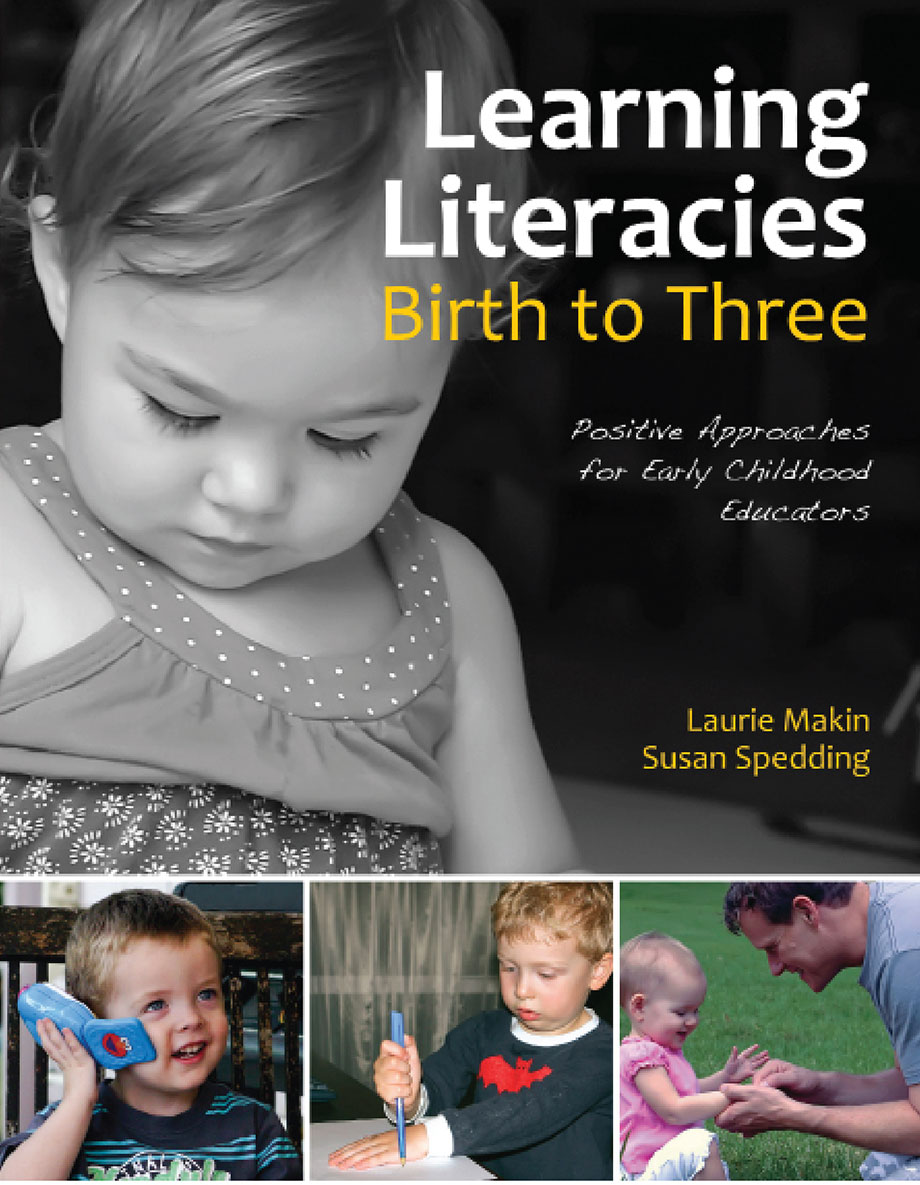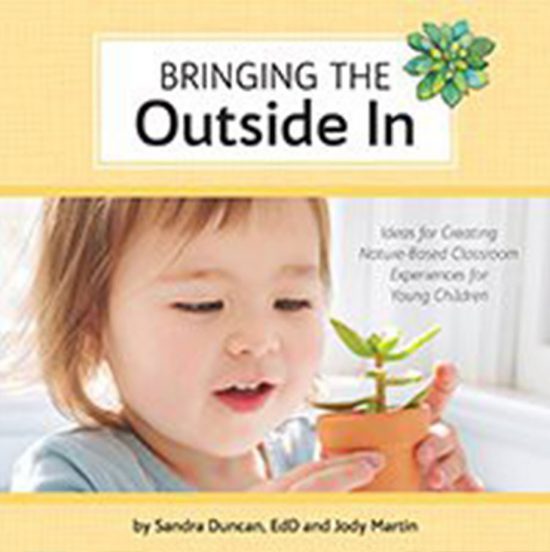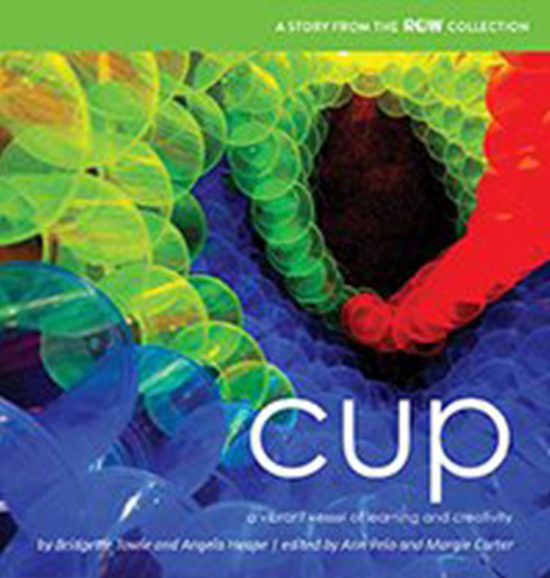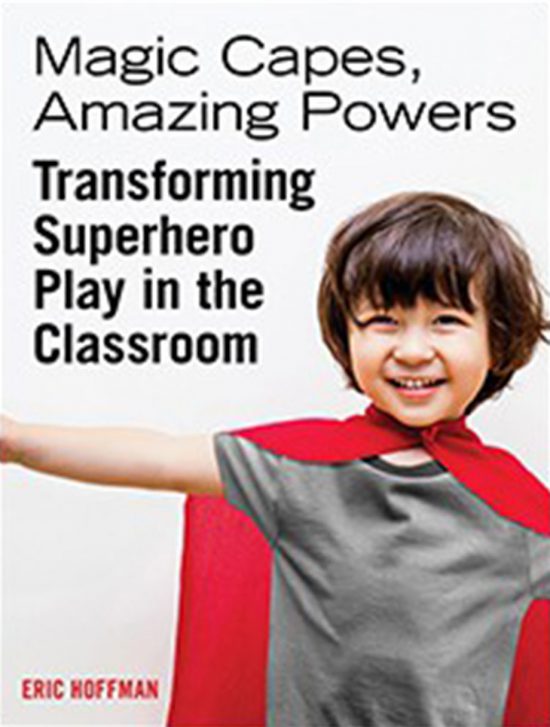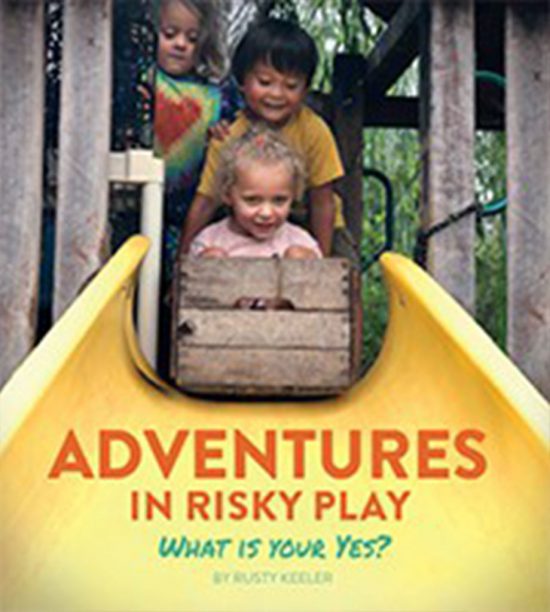Learning Literacies Birth to Three
Laurie Makin and Susan Spedding
176 Pages • P/B
ISBN 9781876138349
Positive Approaches for Early Childhood Educators
Literacy learning begins at birth as young children participate in the social practices of their homes and communities. Children who love music, books and stories; who enjoy drawing, painting and writing; who are at home with new technologies; and who interact confidently and comfortably with others, are greatly advantaged, not just in school-based literacy, but throughout their lives.
Despite international recognition of the importance of early education, in particular, of the experiences and opportunities provided in the first three years of children’s lives, most publications designed to assist early childhood educators in supporting literacy learning focus on older children. There has been little specifically related to literacy birth to three.
The authors present information about the early literacy learning of babies, toddlers, and young children (‘What We Know’). They offer many practical strategies (‘What We Can Do’) to support and monitor early literacy learning, and provide resources that can be used to develop partnerships with families. Literacies not only represents reading and comprehension, but in this modern age, literacies also refers to mobile phones, email, twitter, facebook, YouTube, as well as writing, music, rhymes and rhythms, drama and storytelling, drawing, painting, acting and dancing, as well as non-verbal communication such as gestures, and signing — any method for interacting and communicating with other people.
Learning Literacies Birth to Three is a must-have book for everyone with an interest in early literacy education — policy makers, university and vocational teachers, early childhood service providers, and staff in early learning centres and family day care. Educators responsible for implementing Belonging, Being & Becoming: The Early Years Framework for Australia (DEEWR, 2009) will find it especially valuable. Includes documentation pages to print out and share a child’s experience with families.
Contents
Why birth to three?
Why literacies birth to three?
What principles of teaching and learning underpin this book?
How can we monitor the literacy learning of children birth to three?
How is this book organised?
Chapter One
Interacting with others
Chapter Two
Engaging with texts
Chapter Three
Languages of self-expression
Chapter Four
Symbols, patterns and mark-making
Chapter Five
Information communication
technologies (ICT) and early
literacy learning
$69.95 (incl GST)
